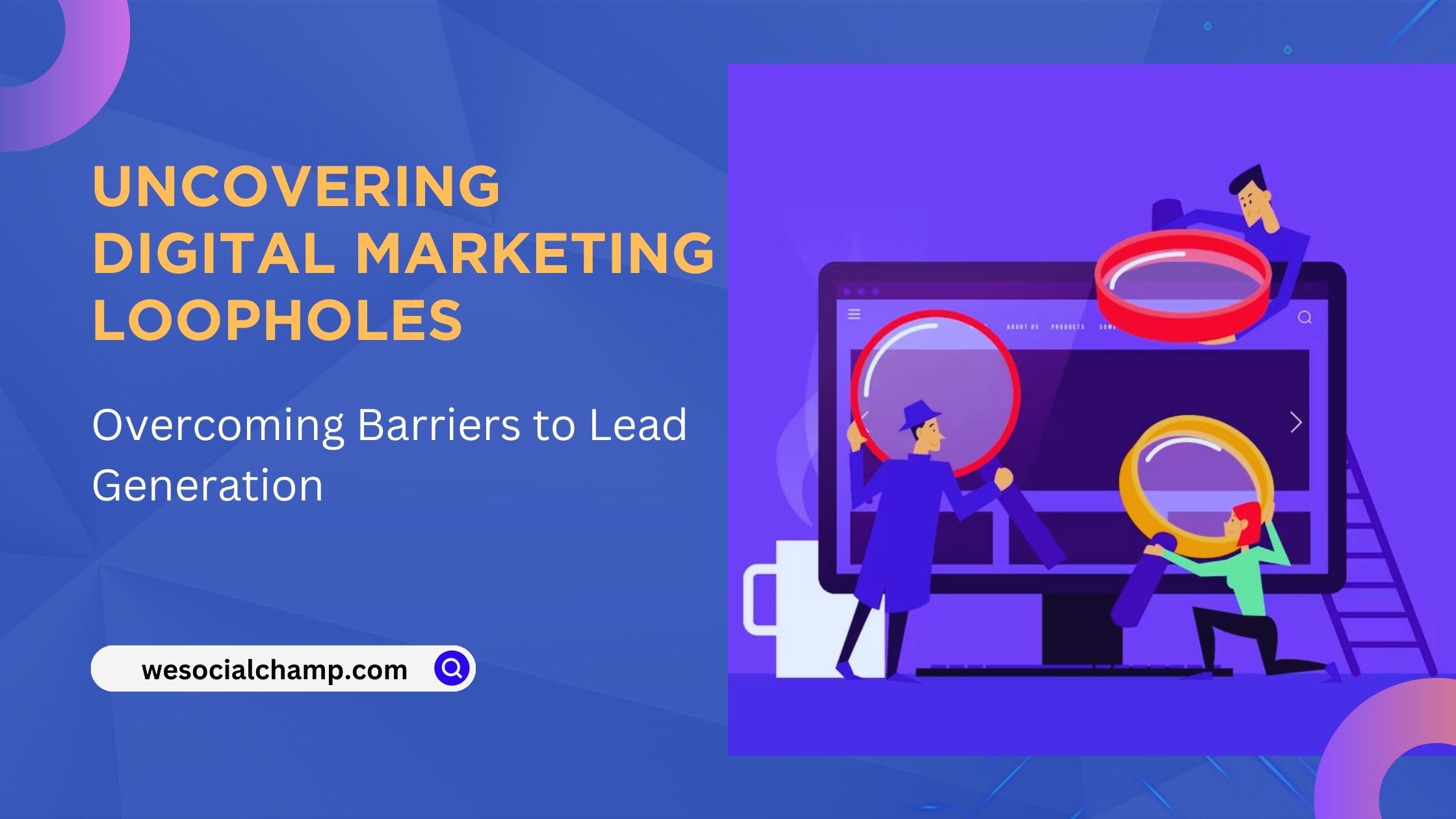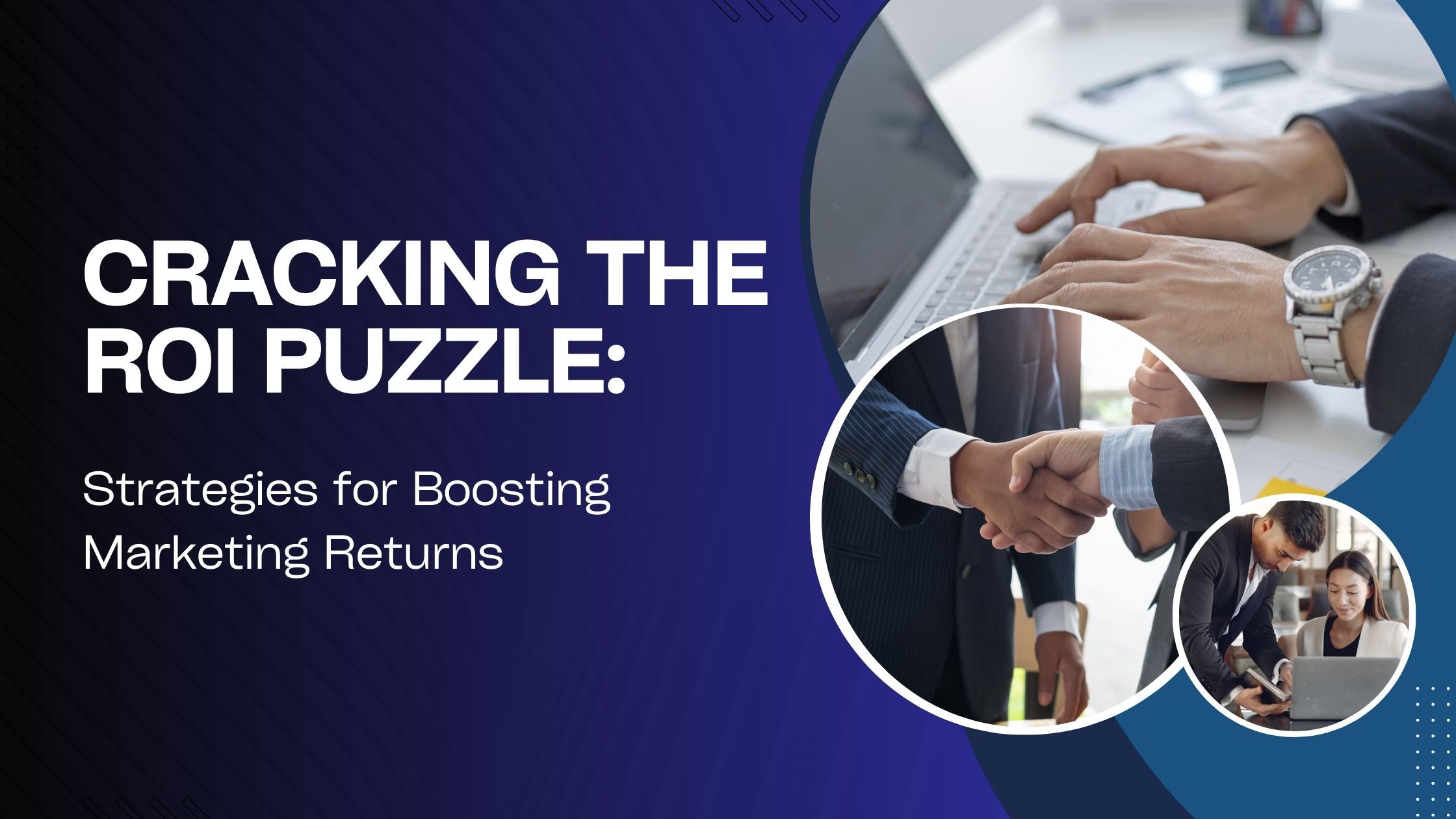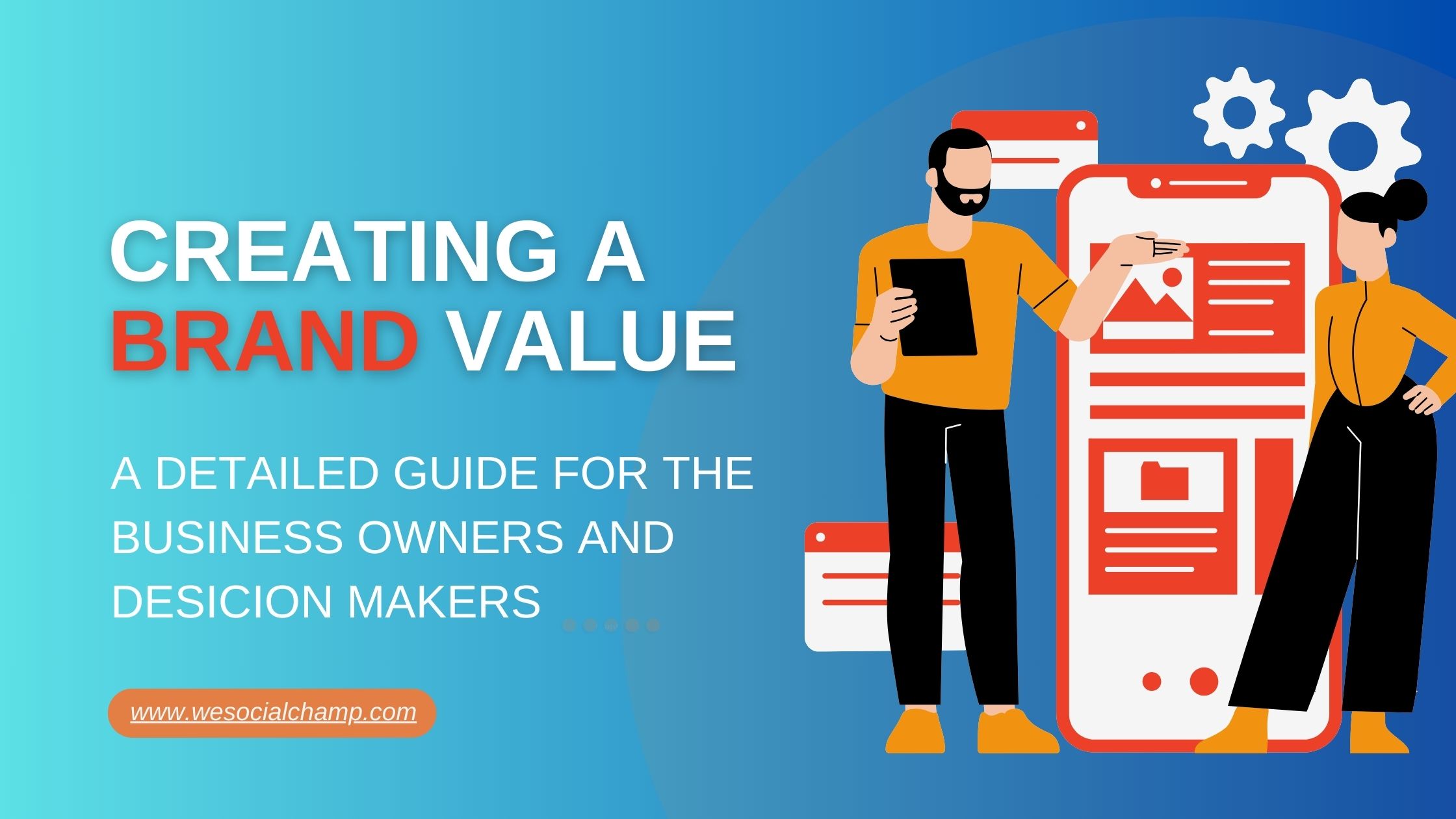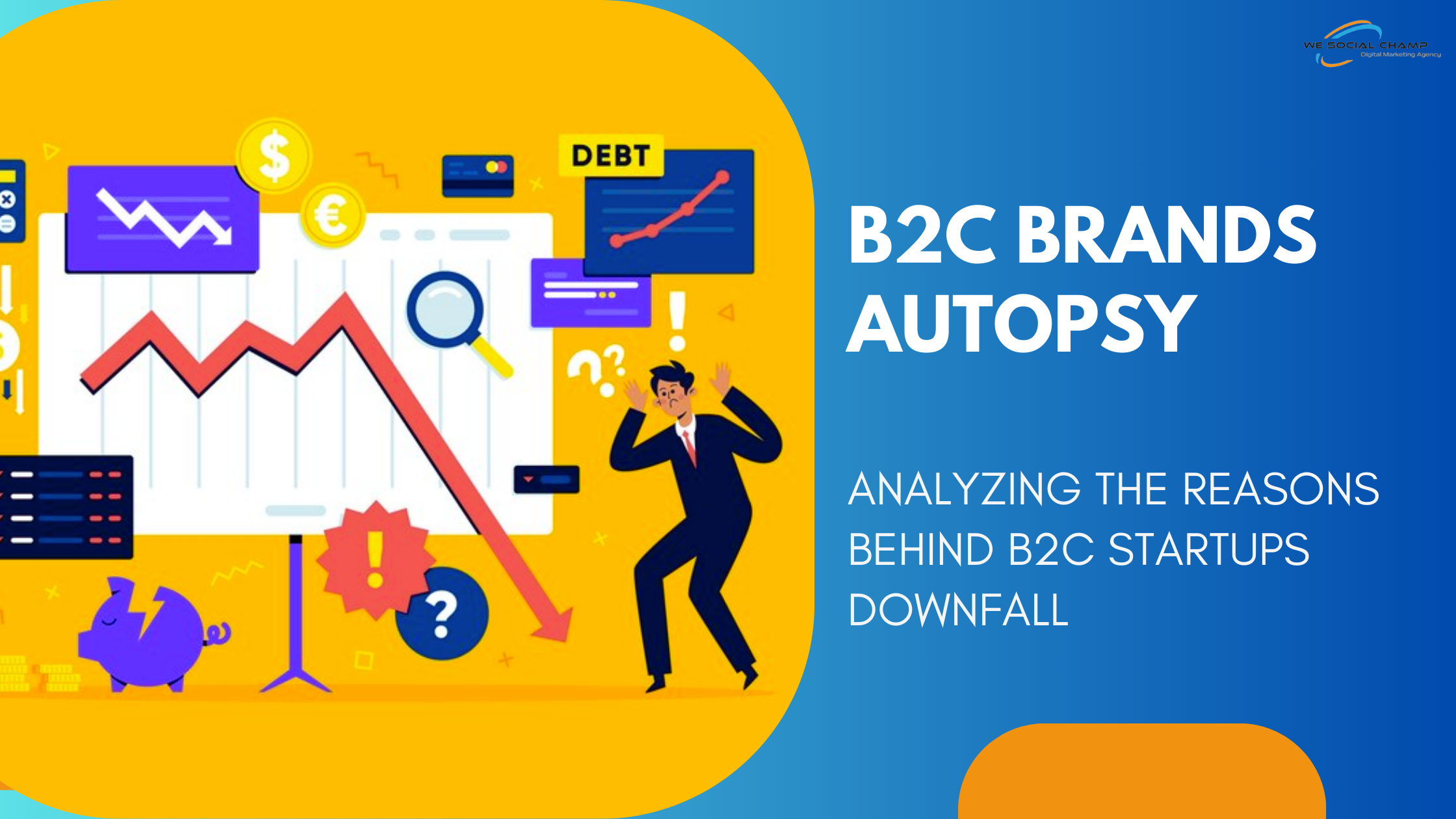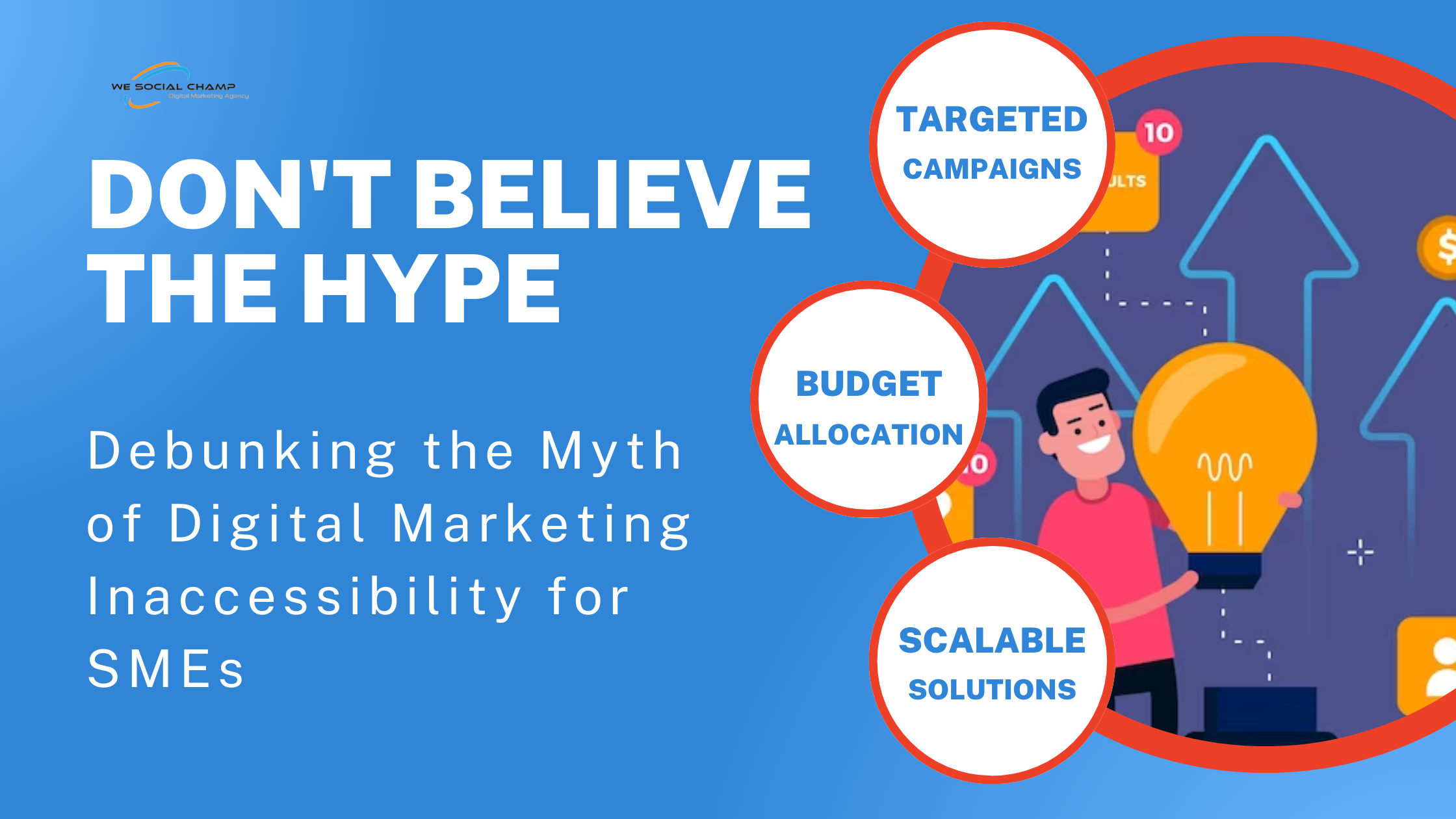Introduction
In the B2B world, trust is currency. Businesses don’t buy products or services lightly—they invest in solutions that will transform operations, deliver measurable ROI, and foster long-term growth. How do you prove your offering is the right fit? Enter customer testimonials, the secret weapon of successful B2B companies. These authentic, relatable, and data-backed endorsements can be the difference between a casual inquiry and a closed deal.
Let’s explore why customer testimonials matter so much in B2B, how to create impactful ones, and where they fit into your marketing strategy—with real-world examples from leading brands.
Understanding Customer Testimonials
What Are Customer Testimonials?
Customer testimonials are statements from your clients describing their experience with your product or service. They can take various forms—written quotes, video interviews, or in-depth case studies—but their purpose remains the same: to demonstrate the value your business delivers.
Why They Matter in the B2B Landscape
Unlike B2C, where decisions are often personal and emotional, B2B decisions involve multiple stakeholders, budgets, and long-term implications. Testimonials act as unbiased proof, showing prospective clients that others in their industry have achieved success with your solutions.
For example, Salesforce leverages testimonials from global giants like Adidas, showing how their CRM software helps manage complex customer journeys. These stories resonate with potential clients because they see how others overcame similar challenges.
Types of Customer Testimonials
- Written Testimonials
Simple yet effective, these are client quotes often featured on websites, emails, or brochures.
Example: HubSpot’s website highlights quotes from companies like Zapier, showcasing specific benefits such as increased lead generation.
- Video Testimonials
These bring authenticity to life, showing real people explaining their journey and success with your product.
Example: Slack features video testimonials from companies like Lyft, illustrating how their team collaboration improved efficiency.
- Case Studies
Detailed accounts of a client’s challenges, solutions, and results, backed by data.
Example: Microsoft shares comprehensive case studies, like their partnership with Chevron, showing how their AI tools helped optimize operations in the energy sector.
Benefits of Customer Testimonials for B2B
- Building Credibility and Trust
Hearing directly from a peer company can reassure decision-makers. If others in their industry trust you, they’re more likely to follow suit.
Example: IBM prominently showcases client stories across industries like healthcare and banking, underscoring their credibility as a technology partner.
- Enhancing Brand Reputation
A strong portfolio of testimonials reflects positively on your brand, portraying it as reliable and customer-focused.
Example: Deloitte frequently features client success stories to position itself as a leader in consulting and strategy.
- Driving Conversions and Sales
Testimonials reduce hesitation by addressing objections, validating results, and painting a picture of success.
Example: Shopify Plus uses testimonials from high-growth brands like Allbirds, demonstrating how their platform supports scalability.
Crafting Effective B2B Customer Testimonials
- Identifying the Right Clients to Feature
Choose clients with impactful stories. Prioritize those from well-known brands or those representing your target industries.
Example: Adobe features testimonials from household names like The Coca-Cola Company, emphasizing the broad appeal and effectiveness of their creative tools.
- Structuring Testimonials for Impact
Every testimonial should tell a story:
- The Challenge: What problem was the client facing?
- The Solution: How did your product/service help?
- The Results: What measurable outcomes were achieved?
Example: AWS highlights how Airbnb scaled its infrastructure during peak demand, showcasing both the technical solution and the business impact.
Leveraging Real Data and Metrics
Include hard numbers to strengthen credibility. “Increased sales by 20%” is more compelling than a vague “improved results.”
Example: Zendesk’s testimonials often highlight specific metrics, such as “decreased response time by 50%.”
Where to Use Customer Testimonials
Website Integration
- Homepage: A striking testimonial can hook visitors immediately.
- Product Pages: Place testimonials near features to demonstrate their real-world value.
Example: Canva for Teams includes testimonials directly on its pricing page, helping buyers see ROI before purchasing.
Social Media Platforms
- LinkedIn: Perfect for B2B networking and thought leadership.
- Other Channels: Use short videos or quotes on Instagram, Facebook, or Twitter for broader engagement.
Example: HubSpot frequently posts client success stories on LinkedIn, positioning itself as a trusted partner for inbound marketing.
Sales and Marketing Collateral
Incorporate testimonials into brochures, whitepapers, and sales pitches to provide social proof during decision-making.
Example: Google Cloud uses client success stories in email campaigns targeting specific industries like retail or logistics.
Challenges in Collecting Customer Testimonials
Overcoming Hesitation
Clients may worry about sharing sensitive details. Offer incentives, such as co-marketing opportunities or exposure on your platforms.
Example: LinkedIn often collaborates with clients to co-create content, showcasing mutual success.
Maintaining Authenticity
Avoid overly polished testimonials that feel scripted. Let clients speak in their own voice.
Example: Basecamp’s testimonials are refreshingly candid, highlighting real customer voices without heavy editing.
The Future of Customer Testimonials in B2B
Embracing Video and Interactive Content
Video is rapidly gaining traction. Interactive formats, like clickable case studies, are also emerging.
Example: Dropbox Business uses animated customer stories to keep the content engaging and digestible.
AI-Enhanced Testimonials
AI tools can help personalize testimonials based on the audience. For example, dynamic content might showcase a testimonial from a similar industry when someone visits your site.
Example: Salesforce Einstein helps businesses tailor their customer success stories to specific segments using AI insights.
Conclusion
Customer testimonials aren’t just marketing fluff—they’re strategic assets that build trust, credibility, and connections. By showcasing real stories from real clients, you can engage prospects, address objections, and accelerate decision-making.
Whether through a glowing quote, a compelling video, or a data-driven case study, the voices of your customers can be your loudest advocates. The time to start leveraging them is now.
FAQs
1. Why are customer testimonials crucial for B2B?
Testimonials act as third-party endorsements, building trust and addressing doubts in complex decision-making processes.
2. How do I encourage clients to provide testimonials?
Simplify the process, offer incentives like co-marketing opportunities, and ensure confidentiality where needed.
3. What’s the best way to showcase testimonials on LinkedIn?
Use visually engaging formats like videos or infographics and focus on industry-specific success stories.
4. Can video testimonials outperform written ones?
Yes, videos are more engaging and convey authenticity through visual and emotional cues.
5. How can I ensure authenticity in customer testimonials?
Let clients express their experiences in their own words and avoid over-editing their stories.


